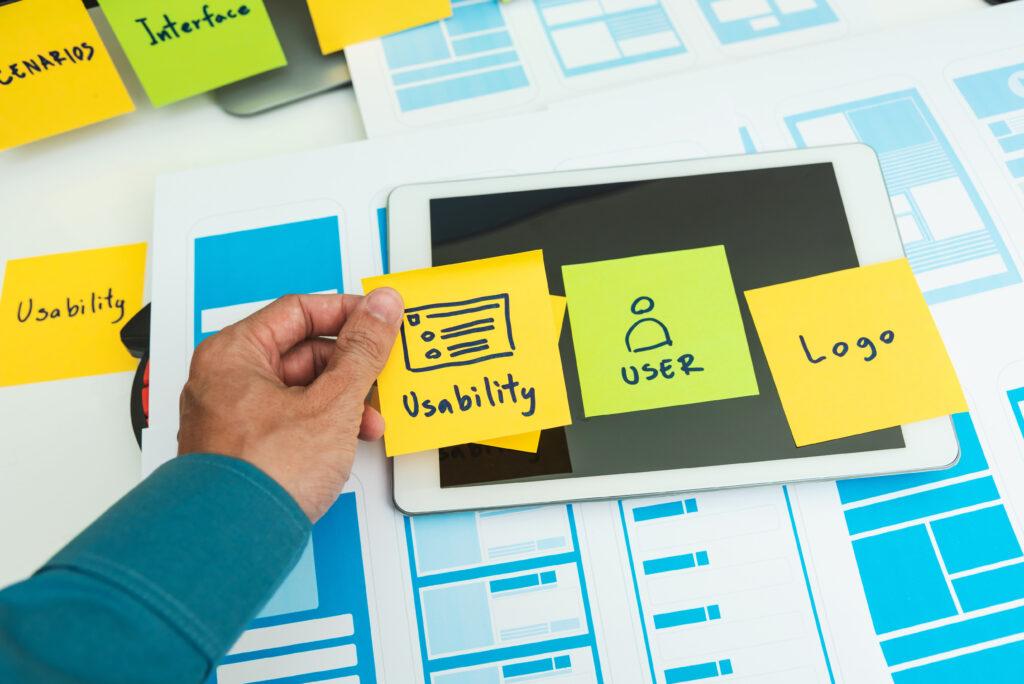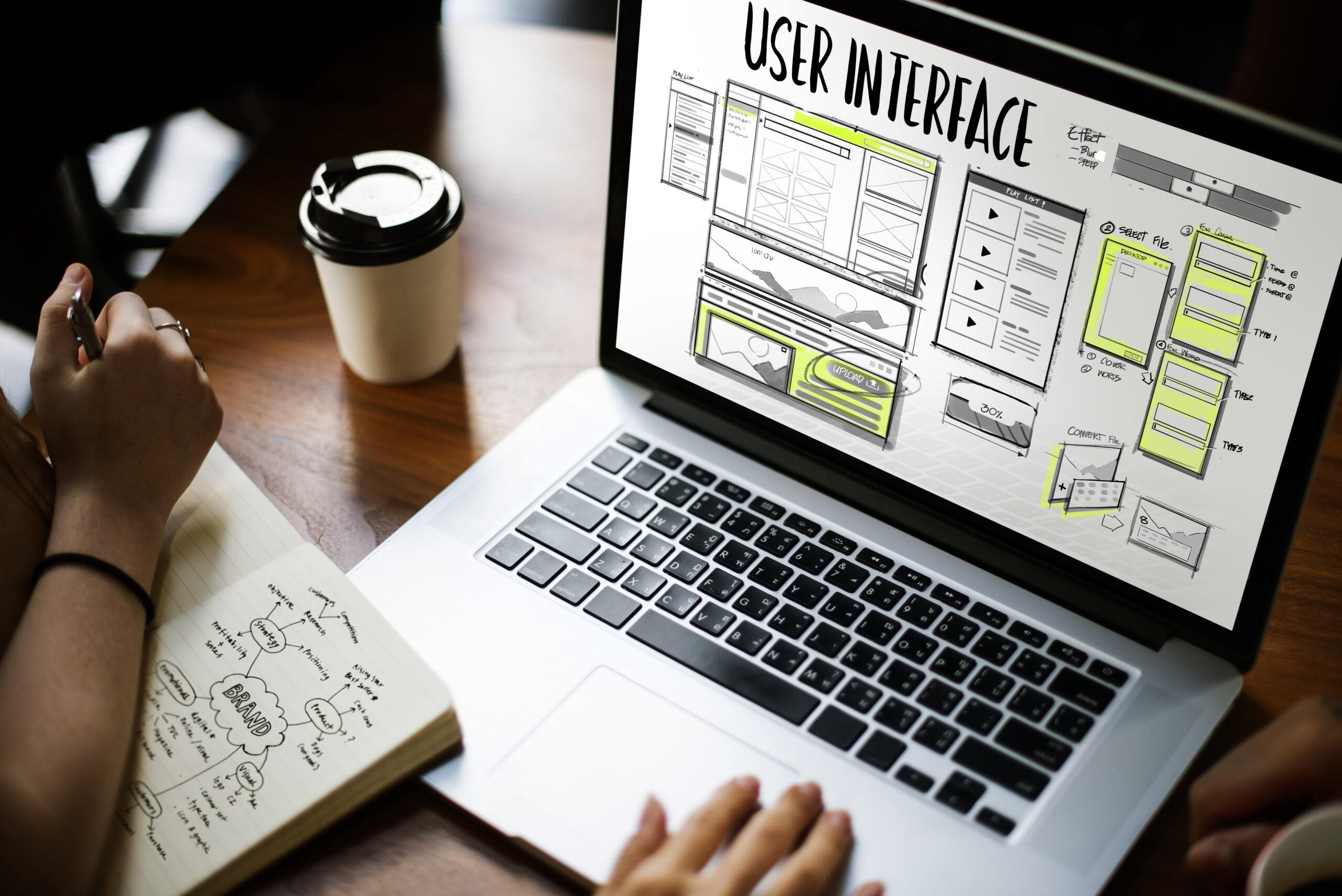Unlock software success with exceptional UX. Discover the impact of user-centric design, UX research, prototyping, usability testing, and emerging trends.
In today’s digital landscape, the success of software is determined not just by its functionality but also by the user experience it provides. User Experience (UX) is critical in software development because it influences user pleasure, engagement, and loyalty. This blog looks at the importance of user-centric design and how it affects software success. We will look at critical UX components like as research, prototyping, usability testing, and upcoming UX/UI trends.
Recognising User Experience (UX)
All aspects of a user’s engagement with a software product or system are included in User Experience. It goes beyond basic aesthetics to comprehend user behaviour, needs, and preferences. The goal of user experience design is to produce intuitive, efficient, and pleasurable experiences that satisfy user expectations, ultimately encouraging user adoption and happiness.
The Function of User Experience Research
UX research is an important stage in software development that entails obtaining information on user behaviour, motives, and pain areas. Developers obtain a thorough grasp of their target audience by utilising numerous research methodologies such as user interviews, surveys, and observations. This knowledge influences design decisions, allowing for the creation of user-centric solutions that answer actual user demands.

Prototyping: Creating a Unique User Experience
Prototyping enables designers to visualise and validate their design concepts prior to the development phase. Developers may evaluate usability, receive input, and make informed modifications early in the process by generating interactive prototypes. Prototyping lowers development costs while also ensuring that the final product satisfies customer expectations, resulting in a more seamless and engaging user experience.
Usability Testing: Improving the User Experience
Usability testing, which involves seeing consumers engaging with software, is an important element in UX design. Identifying usability concerns allows developers to improve their designs to optimise user workflows, reduce cognitive burden, and improve overall usability. Iterative usability testing guarantees that the software adapts to fit the needs of the users, resulting in a more gratifying and efficient experience.
Adopting UX/UI Trends
It is critical to embrace developing UX/UI trends in order to stay ahead in the competitive software landscape. Here are a few trends to think about:
a. Responsive and Adaptive Design: As devices and screen sizes proliferate, software must adapt fluidly across platforms to provide a consistent user experience.
b. Microinteractions: Miniature animations or visual signals that provide feedback and improve overall user experience. Microinteractions bring a level of delight while also improving usability.
c. Voice User Interfaces (VUI): As voice assistants and smart speakers become more widely available, incorporating voice interactions into software can improve accessibility and convenience.
d. Augmented Reality (AR) and Virtual Reality (VR): These immersive technologies, such as virtual walkthroughs or product simulations, open up new avenues for improving user experiences.
f. Minimalistic Design: Simplicity and clarity are becoming increasingly attractive. Minimalistic design concentrates on the essentials, eliminating clutter and boosting user focus and comprehension.
Conclusion
In the world of software development, user experience has evolved from a nice-to-have to a critical success factor. Prioritising user-centric design through UX research, prototyping, and usability testing, as well as maintaining up to date on UX/UI trends, can result in software products that are intuitive, engaging, and provide great value to users. By investing in UX, software development organisations can increase customer loyalty, drive adoption rates, and acquire a market competitive advantage.
Remember that great software is more than simply features and functionalities—it is about the user experience it gives. Software development businesses may create solutions that truly resonate with their target audience by putting the user at the centre of the design process, leading to higher customer happiness and long-term success.
For more blogs go to https://graftondigital.com/newsroom/
Grant information for your business – https://www.enterprise-ireland.com/en/funding-supports/




